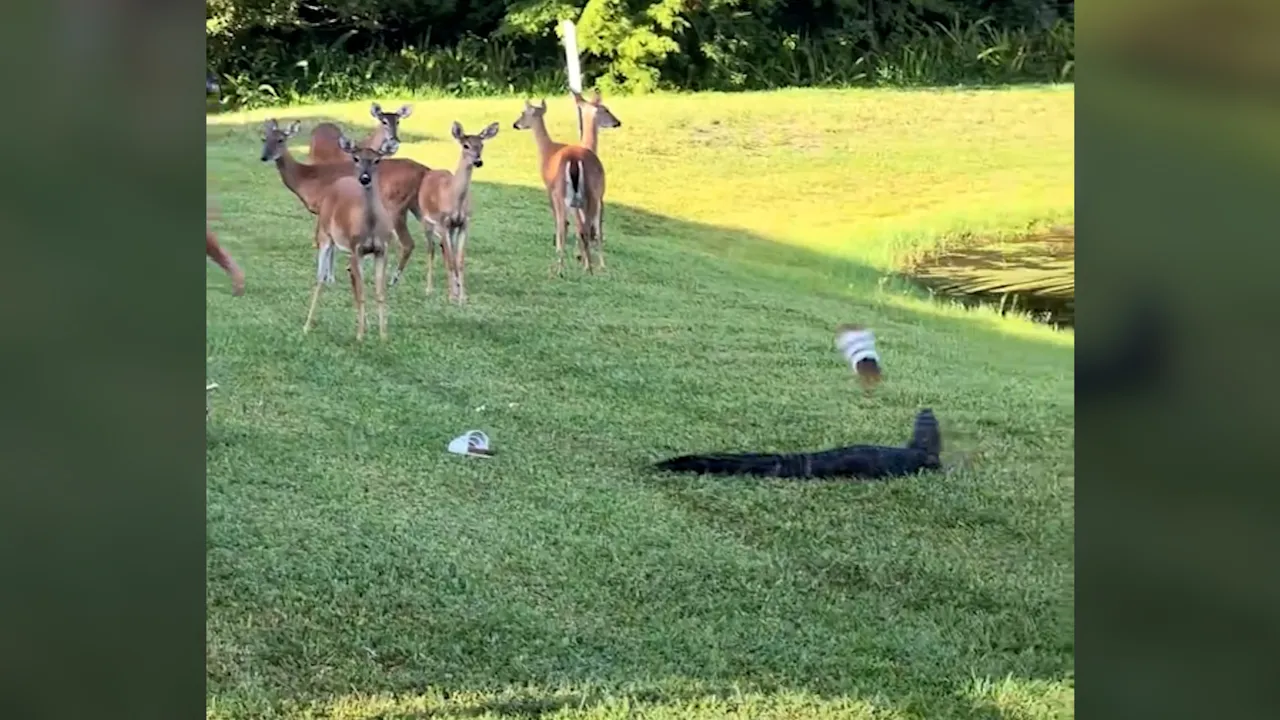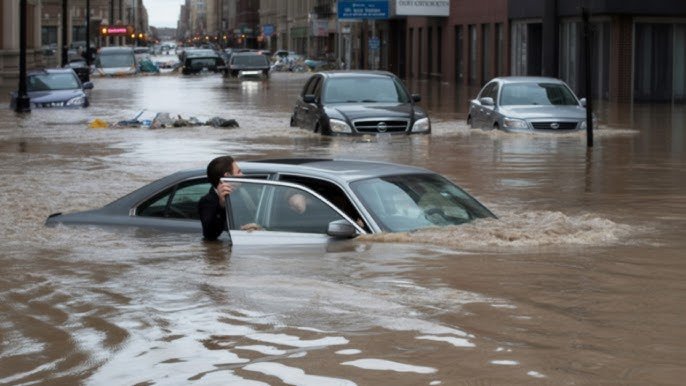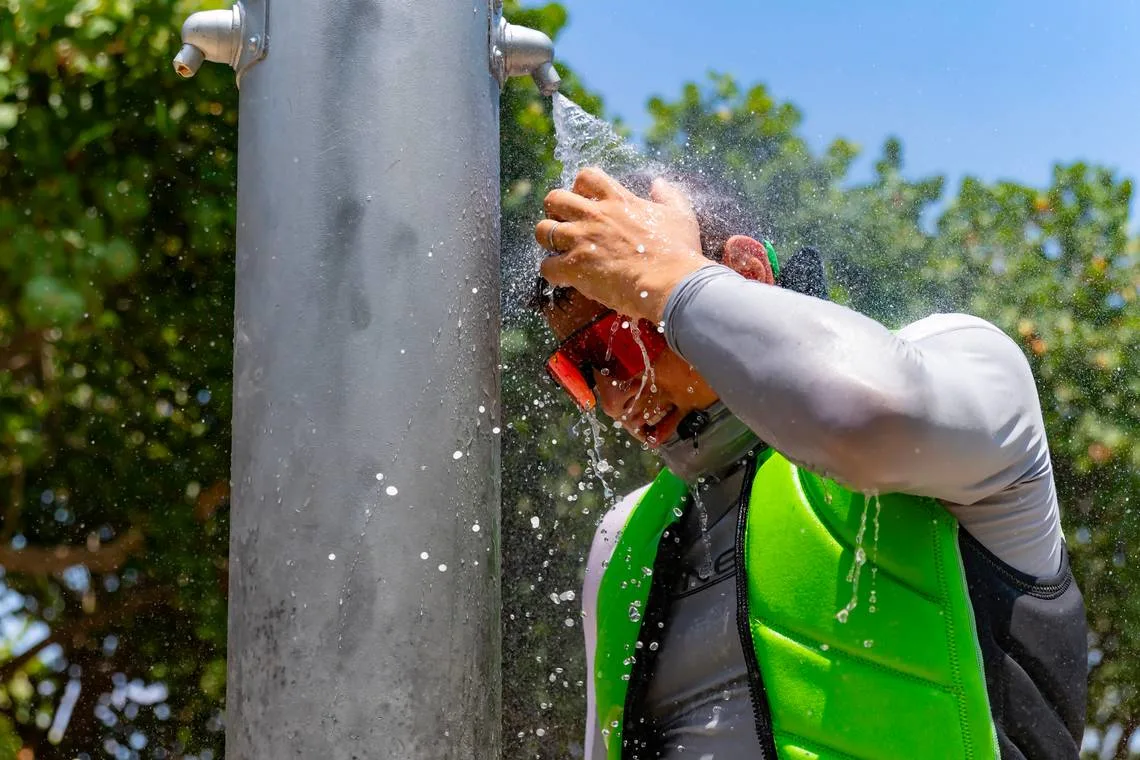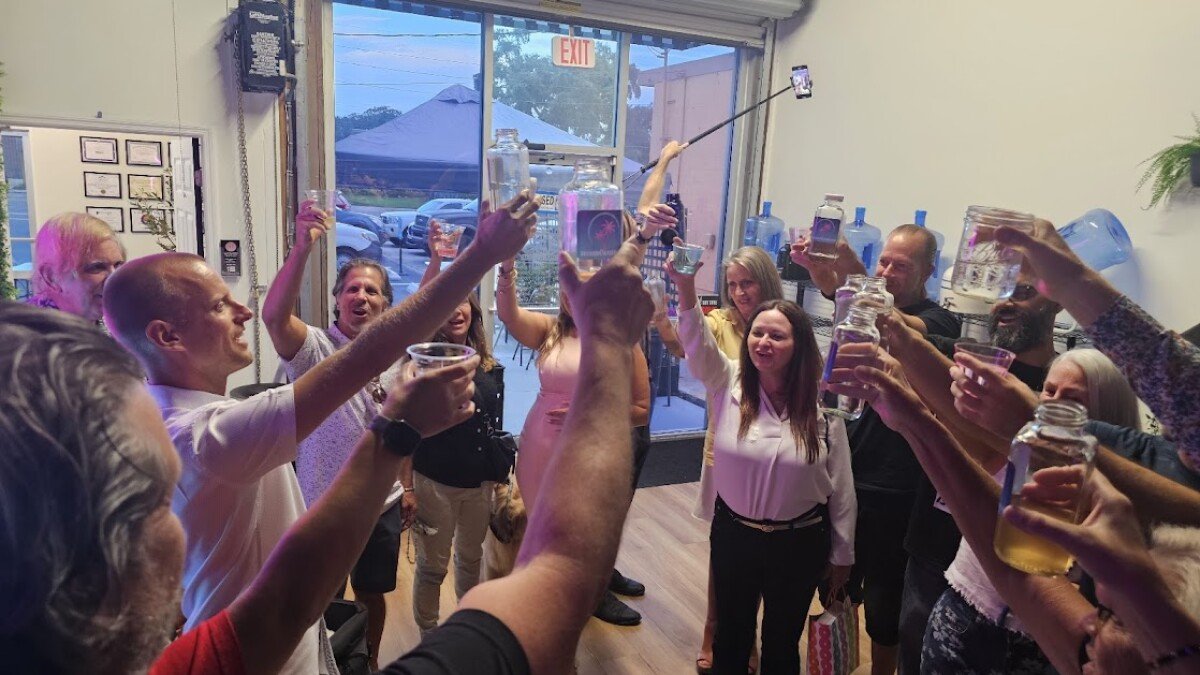CHICAGO — A tragic drowning near Lake Michigan has reignited community concerns about safety protocols along Chicago’s shoreline, with residents, beachgoers, and city leaders calling for urgent reforms to prevent further loss of life.
The most recent incident involved a man in his 30s who died after being pulled from the water near Montrose Harbor over the weekend. Witnesses said the man was seen struggling near the pier, but by the time emergency crews arrived, it was too late.
Recurring Tragedies at an Iconic Destination
Lake Michigan, a summer staple for residents and tourists alike, has also become a hotspot for accidental drownings, especially in areas without lifeguards or clearly posted warnings.
According to data from the Great Lakes Surf Rescue Project, at least 13 drownings have occurred in Lake Michigan so far this year, with several happening in or near Chicago.
“People often don’t realize how dangerous the currents can be — even on a calm day,” said Dave Benjamin, the organization’s executive director. “We need better infrastructure and public education to address this crisis.”
Gaps in Safety Infrastructure
Current safety measures along Chicago’s lakefront vary by location. While staffed beaches like North Avenue and Oak Street often have trained lifeguards and emergency equipment, unofficial swimming spots along breakwalls and piers are not monitored.
Key concerns include:
-
Lack of visible warning signs in dangerous areas
-
Insufficient or absent rescue devices like life rings or throw ropes
-
Poor lighting and late-night access to hazardous zones
-
Limited public awareness of rip currents and underwater drop-offs
Community and City Responses
Local alderpersons and community groups are now pushing for new regulations and investments in safety:
-
Ald. Angela Clay (46th) has called for life-saving rings to be installed on all piers and breakwalls.
-
Community Water Safety Coalitions are demanding consistent signage across the entire lakefront.
-
Beach advocacy groups have launched awareness campaigns, particularly targeting teens and young adults.
“We can’t keep waiting for someone to die before we act,” said Nia Jackson, a Rogers Park resident who has advocated for improved signage since 2021. “These are preventable deaths.”
City’s Position and Next Steps
The Chicago Park District, which oversees beach operations, has acknowledged the growing concern but noted legal challenges and budget constraints when asked about widespread life ring installations in the past.
In a public statement following this latest drowning, the district said it is reviewing safety protocols and consulting with experts. However, critics argue that past promises have not materialized into meaningful changes.
Advocates are urging city officials to move faster by:
-
Releasing an updated lakefront safety plan by late summer
-
Allocating specific funding for shoreline hazard mitigation
-
Increasing public safety campaigns before and during the swim season
Staying Safe at the Lake: What Residents Can Do
Until broader policy changes occur, experts recommend the following for safe recreation along Lake Michigan:
-
Only swim at beaches staffed by lifeguards and during posted hours
-
Never swim alone, even during daylight
-
Avoid piers and breakwalls, especially during high winds or waves
-
Learn how to identify and escape rip currents
-
Keep children within arm’s reach, even in shallow water
-
Call 911 immediately if someone is in distress — do not delay
Free resources on water safety are available at:
Have you witnessed safety concerns or near-drownings on Chicago’s lakefront? Share your experiences or ideas for improvement by visiting ChicagoSuburbanFamily.com and joining the conversation.












